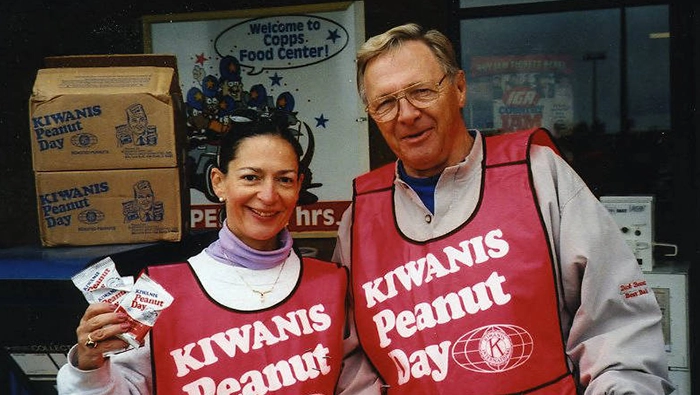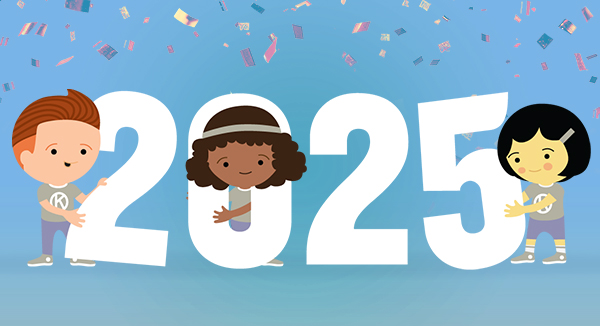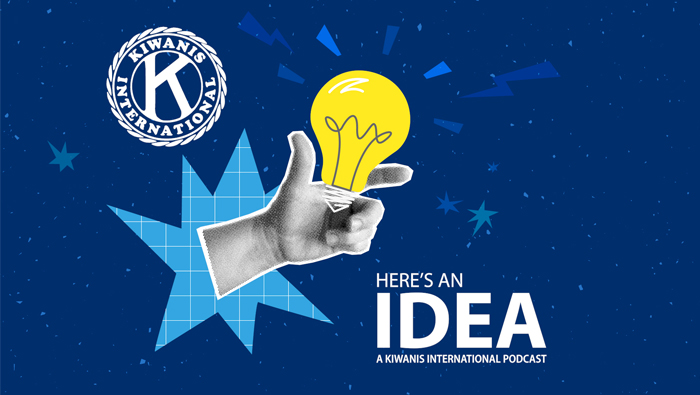
Kiwanis mourns 2004-05 President Case Van Kleef
Van Kleef remembered for being a courageous and collaborative leader and faithful member of Kiwanis.
By Julie Saetre
Case Van Kleef, the 2004-05 Kiwanis International president, passed away November 30. He was a member of the Kiwanis Club of Northside Naples in Florida, U.S. Past club memberships included Wheeling Township (Chicago, Illinois, U.S.); Stevens Point (Wisconsin, U.S.); Plover, a club he built (Wisconsin, U.S.); Bonita Springs (Florida, U.S.); and Rose Float of Pasadena (California, U.S.).
Van Kleef joined Kiwanis in 1965 and held various leadership positions, including club president, lieutenant governor and international vice president/treasurer. He received many Kiwanis honors, including a George F. Hixson Fellow, Diamond-level 11; Charter Walter Zeller Fellow, Diamond-level 3; Heritage Society member; Tablet of Honor; Kiwanis Leadership Society; Carthage-Pullman Society; and G. Harold Martin Society.
Kiwanis International 2005-06 President Steve Siemens recalled how he, Van Kleef and 2006-07 President Nelson Tucker collaborated and worked together for the betterment of Kiwanis.
“When Case became president-elect, since I would follow him [as president], we met and created a continuous plan to have a seamless transition between the Kiwanis years we served. It was our goal to focus on the members, have the same distinguished program and work closely together. We talked weekly. We planned often. We worked together, not caring who was credited,” said Siemens. “After Nelson Tucker was successful in his election, we became three leaders with the same mind and mission. Case’s creativity, humor, caring heart and humility motivated both Nelson and me, and the members his life touched.”
“Case Van Kleef was an example of courageous leadership,” said 2009-10 Kiwanis International President and Kiwanis Executive Director Paul Palazzolo. “He never hesitated when he needed to make difficult decisions that were necessary for the organization’s success. Most importantly, he believed in his commitment to be an active Kiwanis club member.”
During Van Kleef’s presidency, he worked to fulfill the goals of 2004-05 IDEA: Increase Kiwanis’ commitment to young children, develop leadership throughout the Kiwanis family, expand Kiwanis service around the world, and access Kiwanis service and growth.
Under these goals, Kiwanians focused on initiatives such as fulfilling involvement in Young Children: Priority One, continuing the promise to UNICEF to eliminate iodine deficiency around the world, enhancing adult and youth leadership, and growing and building Kiwanis and Service Leadership Programs clubs.
Van Kleef was a two-term president of the Wisconsin-Upper Michigan Kiwanis District Foundation, which created the Case Van Kleef Fellowship in his honor. A Van Kleef Fellowship permanently honors an individual who has dedicated outstanding time or service to Kiwanis.
“He never stopped looking for a better, more creative way to strengthen his local club,” said Siemens. “He made things fun and he never lost who he really was — a servant of the member and a cheerleader for the organization.
“Case became a very close friend, and his legacy will live for a long time. He blessed my life and so many more.”
Born in the village of Poeldijk, the Netherlands, Van Kleef graduated from the Higher Hotel and Restaurant Management School in The Hague. He worked at hotels in Europe and for the Holland America Line. His U.S. career included the role of vice president of the Aristocrat Inns of America, during which he was approached by Sentry Insurance Company to open a five-star restaurant at company headquarters in Wisconsin. Later, he and his wife, Susan, opened and ran their own restaurant, The Cottage, in Plover, until they retired in 2001.
Kiwanis was a family experience for the Van Kleefs. Susan has been a member of the Northside Naples Club (Florida, U.S.) since 2016. Their daughters, Stacy and Stefani, were involved at a young age. Both were members of Builders Club and Key Club, and Stacy was also a member of CKI.
Throughout his life, Van Kleef’s commitment to servant leadership never wavered. Just one week before his death, he was delivering Thanksgiving meals to families in need.



